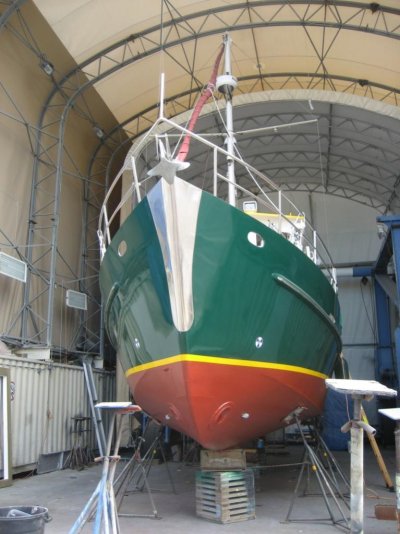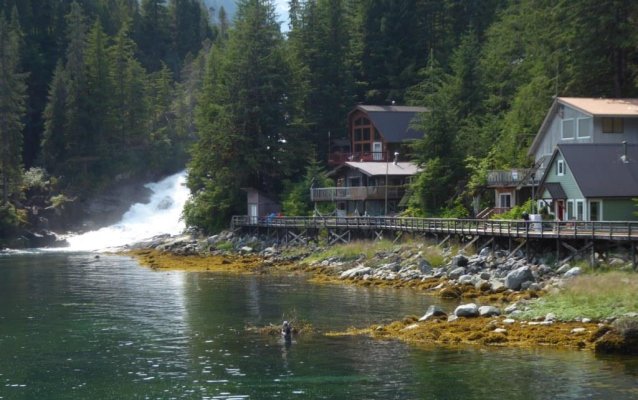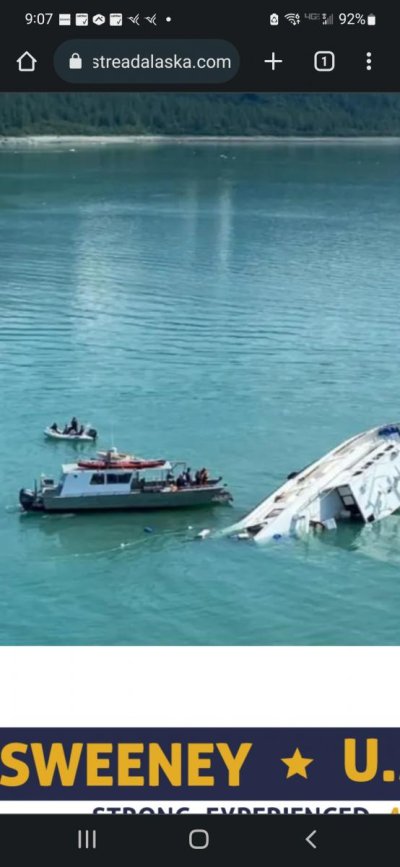Heartbreaking. A custom built GB, that's uncommon. I wonder if she had a stability test. I've cruised that area (not far from there now) a number of times and would say it requires careful seamanship, charts can be iffy, but it's not especially perilous. At least for the vessels I'm aboard in AK, 300 feet, and sometimes much less, from shore, or glaciers, isn't that unusual, but again it requires good navigation skills, and attention to detail. Following a previous track helps too.
A failed exhaust hose that is below or bisected by the WL could do this. For a vessel of this size it would have to be a pretty large hole to not allow time for DC efforts. All speculation for the moment.
Anxiously awaiting the details...
Underway, east side of Baranof Island, AK, northbound




